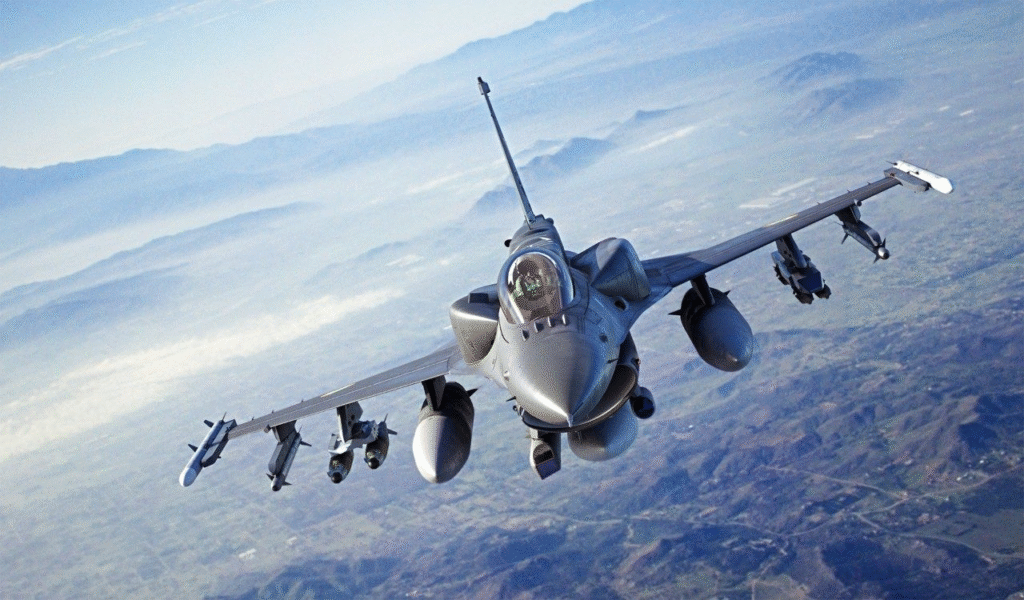Shares of American defense giant Lockheed Martin, the manufacturer of F-16 fighter jets used by Pakistan, have delivered flat returns in May amid geopolitical tensions in South Asia. Following India’s precision military offensive, ‘Operation Sindoor’, investor sentiment around Lockheed Martin weakened as the F-16 jets failed to make an impact against India’s advanced air defense systems.

Pakistan deployed its top-line fighters, including the F-16 and China’s J-10 jets, along with drones and missiles during the four-day military standoff. However, India’s robust air defense effectively neutralized all attempted intrusions, drawing questions about the effectiveness of these combat aircraft. Analysts now suggest that Lockheed Martin could face a dent in its future order book, particularly in regions observing the conflict’s military outcomes.
Lockheed Martin stock saw selling pressure on May 12, just after the peak of the conflict, and ended the month with a meager gain of 0.97%, closing at $482.38. This underperformance contrasts with the 6.95% surge the stock witnessed in April, when investor sentiment was buoyed by hopes of recovery after six consecutive months of decline.
According to market expert Avinash Gorakshkar from Profitmart Securities, reports indicate that Pakistan used the F-16s during Operation Sindoor despite the U.S. having supplied them for non-combat purposes. “The inability of the F-16s to challenge India’s air defense successfully is a major setback for both the U.S. and Chinese defense makers,” he said, referencing similar market reactions for Chinese firm AVIC Chengdu Aircraft, which makes the J-10. That stock has dropped 20% from its May 12 peak.
Meanwhile, technical analysts suggest that Lockheed Martin’s current price consolidation could precede an upward breakout. Ganesh Dongre of Anand Rathi notes that the stock is trading in a tight range between $440 and $510. He pointed out that a double-bottom pattern has formed, hinting at a bullish trend reversal. A breakout above $510 could set the stage for a rally toward the $543–$575 zone, supported by historical resistance and Fibonacci levels.
Dongre also highlighted that the MACD indicator is showing early signs of recovery, suggesting bearish momentum is slowing down. This may attract fresh buying interest if geopolitical concerns ease or Lockheed Martin secures new defense contracts globally.
The recent developments come amid escalating tensions between India and Pakistan following a deadly terror attack in Pahalgam on April 22, which killed 26 civilians. India responded with Operation Sindoor on May 7, targeting terror bases across the border. As geopolitical risks rise, defense firms are under intense global scrutiny — not just for their financial performance, but also for the battlefield credibility of their weapon systems.
Disclaimer: This article is for informational purposes only. The views and opinions expressed are those of market experts and analysts. Investors are advised to consult with certified financial advisors before making any investment decisions.
